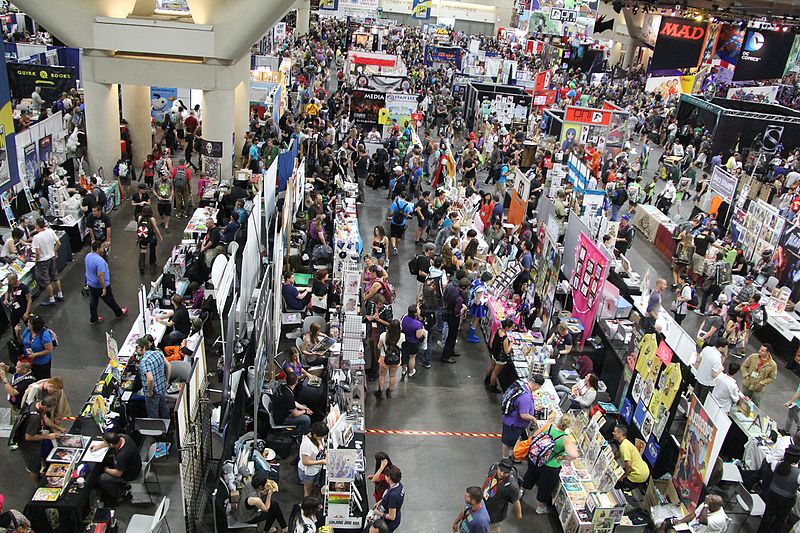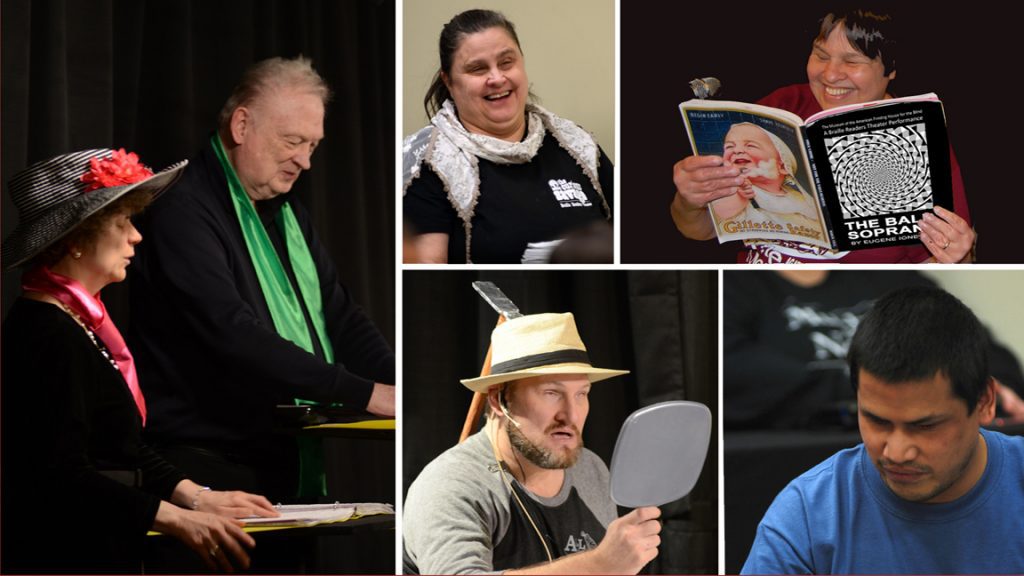May the Fourth Be with You

May 4th was a week ago, and for some of us, the date is a clever reminder of the Star Wars pun, “May the fourth be with you.” As a Star Wars fan, I began to think about the recent installments of the franchise, including Rogue One (2016), a prequel to the beloved 1977 film, Star Wars: A New Hope. A character in the 2016 film that particularly stuck with me was Chirrut Imwe, a blind monk who proved to be a skilled warrior due to his connection with the Force. As it turns out, Chirrut became a fan favorite from the film, due to not only his quick-witted comebacks, but also his unique position as a self-sufficient blind character in combat.
I fell into a bit of a rabbit hole researching other iconic blind characters from film and TV, and two others jumped out at me: Matt Murdock, AKA Daredevil, and Toph Beifong, a fiercely independent Earthbender from Nickelodeon’s Avatar the Last Airbender. Like Chirrut, Daredevil and Toph are two blind characters that have fantastic abilities that aid them in daily life.
Part of me cannot help but be excited to view blind representation in media that does not portray the character as either a victim, a villain, or a heartening lesson for those viewers who are sighted. On the other, I am very weary of the “superhero” narrative. Let me be clear, the last thing I want to do is diminish the representation and impact these characters have had! Rather, I would instead counter: blind individuals do not need superpowers to be confident and lead normal lives. There are thousands of blind folks throughout the United States, and world, that do incredible work every single day, without the Force guiding them, or Earthbending, or superhuman agility.
The characters in discussion are a step in the right direction, but also a reminder that there is still work to be done when crafting authentic blind and low vision characters in film, TV, and fiction. Authentic representation of vision loss in media can help to break down stigmas and stereotypes and allow for greater understanding and empathy. It is absolutely crucial for creators to involve individuals who are blind or low vision in the creative process, from conception to execution, to ensure that their stories are being told accurately and respectfully. By doing so, we can move towards a more inclusive and diverse media landscape that accurately reflects the world we live in.
Meg Outland is the Visitor Services and Insight Arts Coordinator at APH.
Share this article.
Related articles

The Bald Soprano
Photo: Featured in The Bald Soprano are Braille Readers Theater regulars, clockwise from bottom left, Barbara Henning, BT Kimbrough, Terrie...
